I'm writing interesting application where I want to get numbers out of a runner t-shirt. I was playing around with AForge.NET and emguCV to get the desired result and I think I'm very close to solving my problem, but still I would like to get opinion from the more experience users. First I have this image:
 After that I apply it a max contrast and some lightening and I get this result:
After that I apply it a max contrast and some lightening and I get this result:
 Next I binarize the image and get this final result:
Next I binarize the image and get this final result:
 [^]
[^]
Next I apply some basic filters to clear out the small blobs and the very big ones. Next I try to find blobs who have their height>width and after that I try to find similar blob sizes and shapes who are one next to another. This is my approach and in most of the situations works for me. As addition I create histogram of the possible blobs that I may consider as a letter. This means that I look for 2 dominant colors in that rectangle. If the two dominant colors are black(ish) or white(ish) than I know it is a number on the runners shirt. What I want to know, is there any different approach that you would do? Like mixing channels, converting to HSV space and maybe filtering black colors? My whole idea is to get those numbers with small amount of blobs that aren't numbers. I would appreciate any kind of suggestions. Comments and ideas are just fine, if you want to write code please do. Thank You...